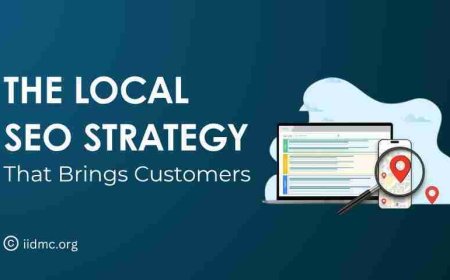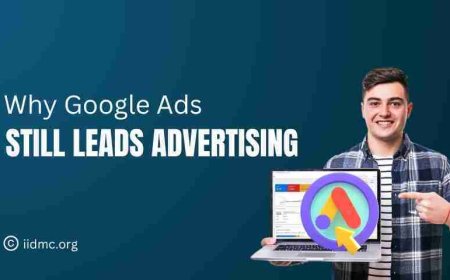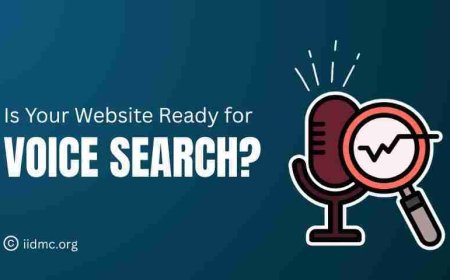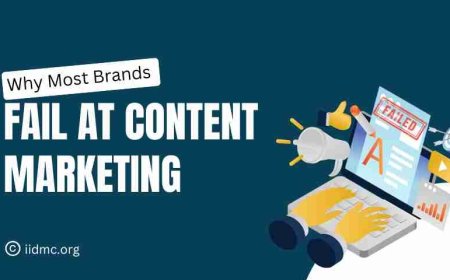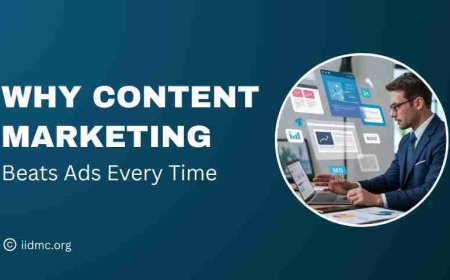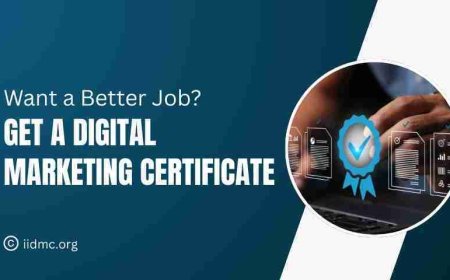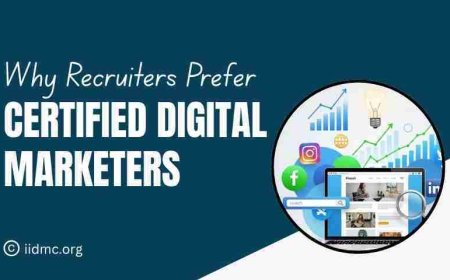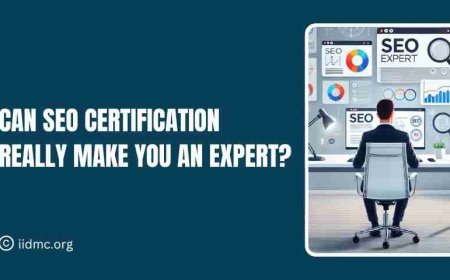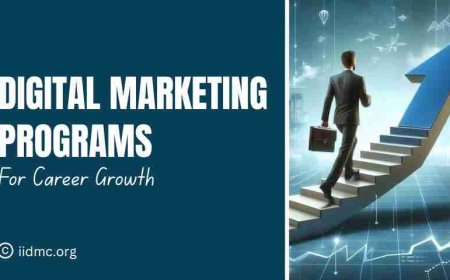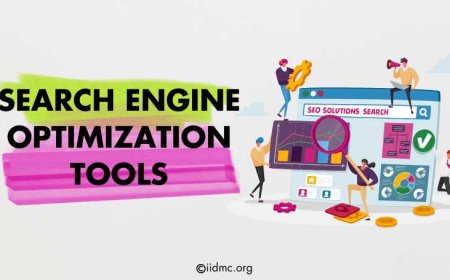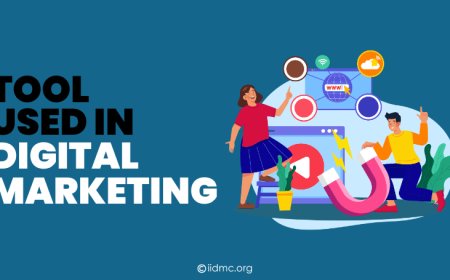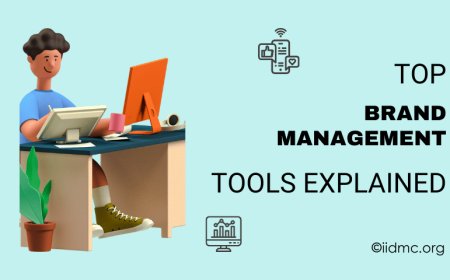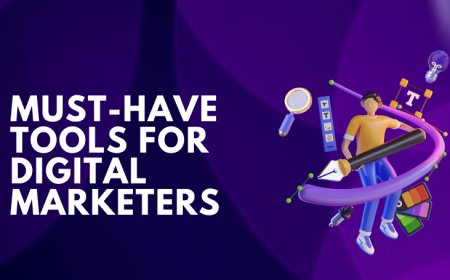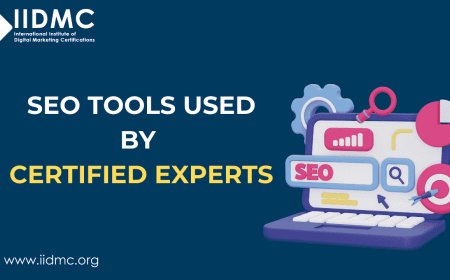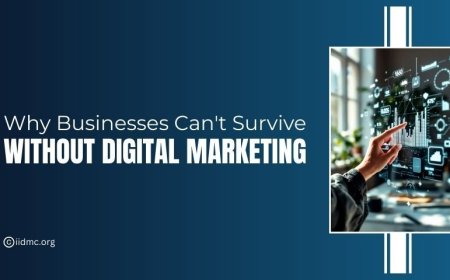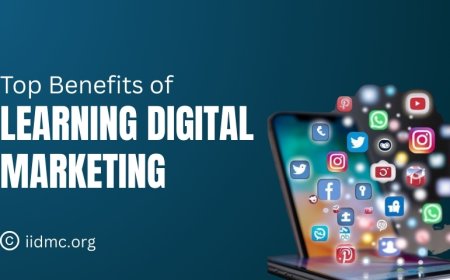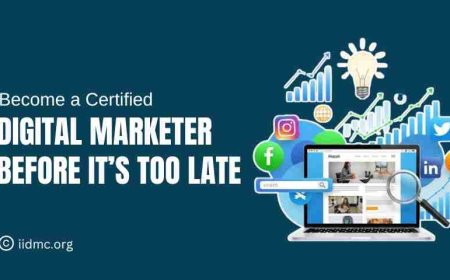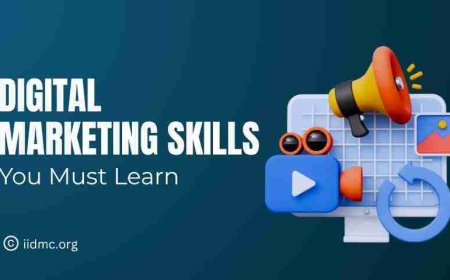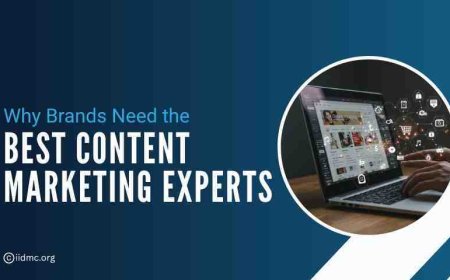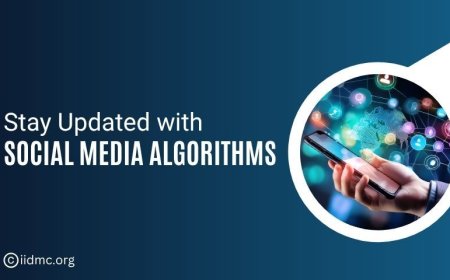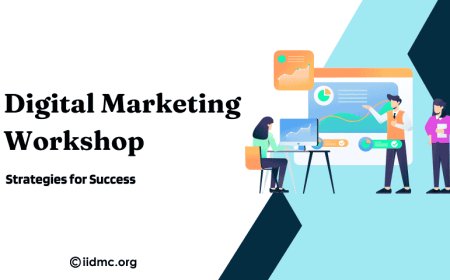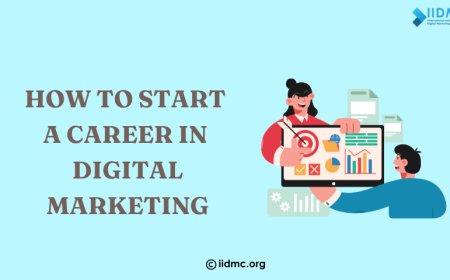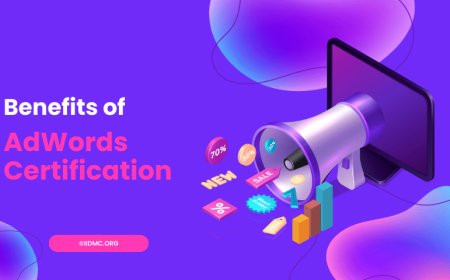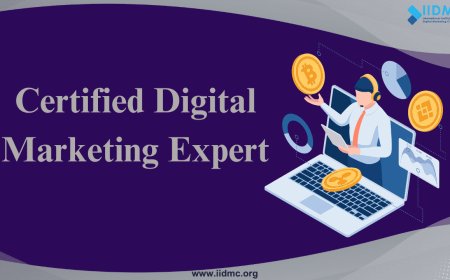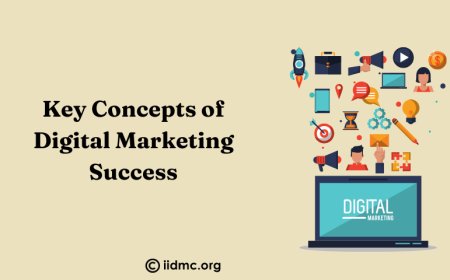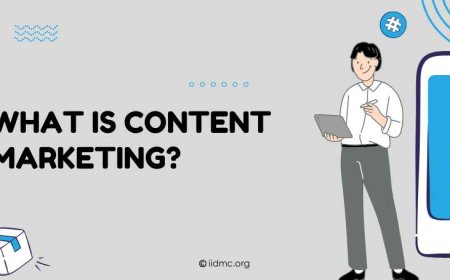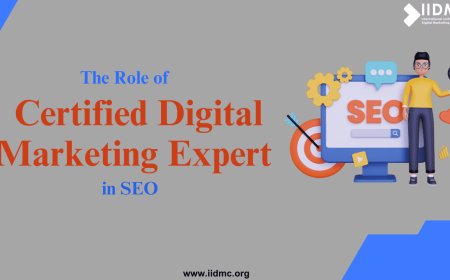Exploring the Fundamentals of Digital Marketing
Learn the key components of digital marketing, from SEO and content creation to social media, PPC, and email strategies for building a strong online presence.
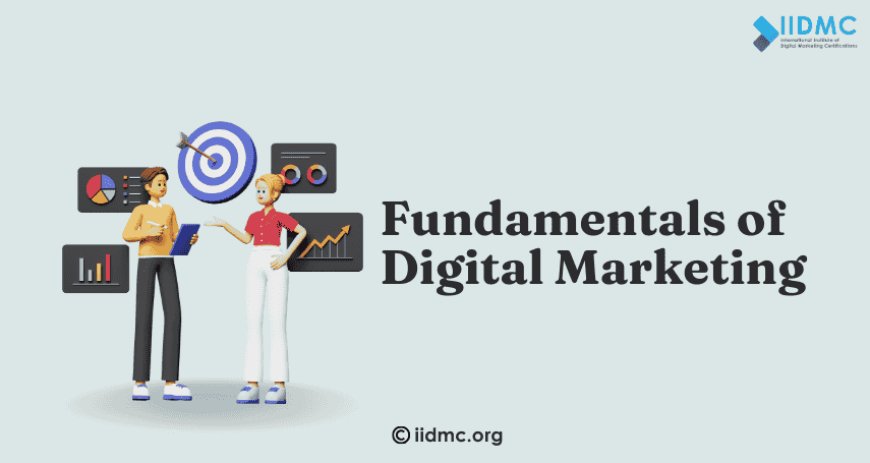
When I first started learning about digital marketing, I was overwhelmed by all the different strategies and tools available. There were so many choices, from social media to email marketing, and I wasn’t sure where to start. After trying out a few key areas, I realized that building a strong online presence didn’t have to be so complicated. By focusing on improving my website’s visibility, creating valuable and consistent content, interacting with my audience on social media, using email to build relationships, and running targeted ads, I was able to see real results and make a meaningful impact.
1. Website Optimization (SEO)
-
Search Engine Optimization (SEO) refers to the process of enhancing a website’s visibility on search engines like Google. It involves optimizing various aspects of your site, such as content, structure, and technical elements, to rank higher for relevant search queries.
-
Key practices include keyword research, on-page SEO (meta descriptions, headers, alt texts), and off-page SEO (backlinks, social signals).
2. Content Marketing
-
Types of Content: Content marketing includes a variety of formats such as blogs, videos, infographics, case studies, eBooks, podcasts, and social media posts, all designed to engage and inform your audience.
-
Building Trust and Authority: Whether through blog posts, videos, or infographics, content helps establish trust and authority within your industry by providing valuable and informative material that resonates with your audience.
-
Goal of Content: The goal is to create valuable, relevant, and consistent content that attracts and retains a clearly defined audience, addressing their needs and helping solve their problems.
-
Driving Customer Action: By offering insightful content, you guide your audience through the customer journey, ultimately driving profitable actions such as purchases, sign-ups, or long-term loyalty, all while staying aligned with your brand’s messaging.
3. Social Media Marketing
-
Powerful Engagement Tools: Social media platforms like Facebook, Instagram, Twitter, and LinkedIn offer businesses the opportunity to engage directly with their target audience.
-
Types of Social Media Marketing: Social media marketing includes creating and sharing content, running ads, and interacting with users to build relationships and increase brand visibility.
-
Platform-Specific Strategy: The approach to social media marketing should vary depending on the platform and the audience’s demographics. Each platform has its unique features and user behavior that require tailored strategies.
-
Building Relationships: The focus should be on fostering engagement and building genuine relationships with users, which helps to improve brand loyalty and trust.
4. Email Marketing
-
Email marketing is a direct way to communicate with prospects and customers. It’s used to share promotions, updates, newsletters, and personalized content.
-
Effective email campaigns are personalized and relevant and offer value, helping to build relationships and encourage conversions.
5. Paid Advertising (PPC)
-
Paid Traffic: PPC advertising, such as Google Ads or social media ads, enables businesses to drive traffic by placing paid ads in search results or social media feeds.
-
Cost-Eeffective Advertisers only pay when users click on their ads, making it a performance-based advertising model.
-
Targeted Audience: Effective PPC campaigns focus on reaching the right audience by targeting specific demographics, interests, and behaviors to ensure the ad is shown to potential customers.
-
Compelling Messaging: A successful campaign requires attention-grabbing and relevant messaging that encourages users to click and take action, such as making a purchase or signing up.
-
Immediate Results: PPC offers the advantage of generating quick traffic and leads, which is particularly useful for businesses looking for fast returns or to promote time-sensitive offers.
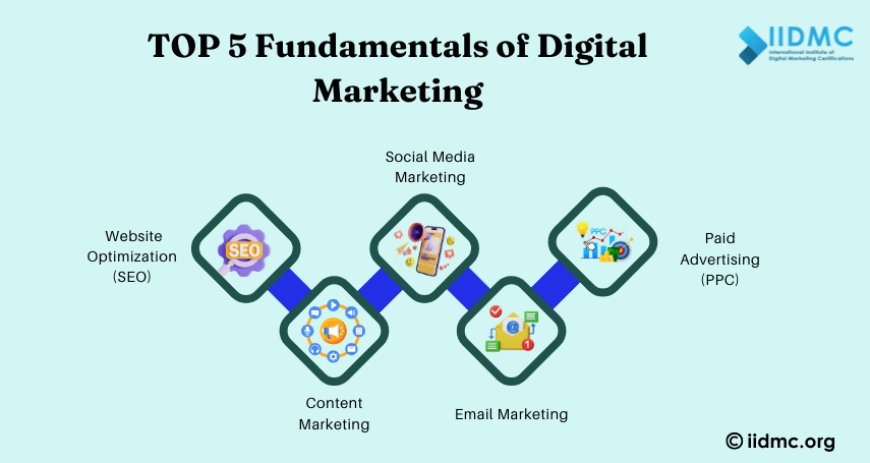
6. Influencer Marketing
-
This involves partnering with individuals who have a strong following on social media or blogs to promote your products or services. Influencers can help increase brand awareness and trust by recommending your offerings to their audience.
-
The strategy works best when the influencer aligns with the brand’s values and has a genuine connection with their followers.
7. Online Public Relations (PR)
-
Online PR involves managing your brand’s reputation across digital channels. This can include working with online publications, responding to customer reviews, and handling social media conversations.
-
Effective online PR builds trust and authority, which can lead to better customer loyalty and brand advocacy.
8. Affiliate Marketing
-
Affiliate marketing involves partnering with affiliates (individuals or other companies) who promote your products or services in exchange for a commission on sales generated through their efforts.
-
This is a performance-based marketing strategy that can extend your reach and tap into new customer bases.
9. Conversion Rate Optimization (CRO)
-
CRO is the practice of improving the performance of a website or landing page to increase the number of visitors who take a desired action (e.g., make a purchase or sign up for a newsletter).
-
Techniques include A/B testing, user experience (UX) improvements, and optimizing the sales funnel.
10. Analytics and Data-Driven Decision Making
-
Digital marketing strategies must be continually analyzed and adjusted for maximum performance. Using tools like Google Analytics, businesses can track website traffic, user behavior, and conversion rates.
-
Data-driven decisions help optimize campaigns, improve ROI, and guide future marketing strategies.
11. Mobile Marketing
-
With increasing smartphone usage, optimizing for mobile platforms is a must. This includes responsive website design, mobile ads, and SMS marketing campaigns.
-
Ensuring your content and user experience are mobile-friendly can significantly increase engagement and conversions.
12. Video Marketing
-
Video is one of the most engaging types of content online. Platforms like YouTube, TikTok, and Instagram offer opportunities for businesses to reach new audiences through creative video campaigns.
-
Video content can range from product demos, tutorials, and customer testimonials to live-streaming events.
Digital marketing involves a mix of strategies and tools that help businesses connect with their audience online. Whether it's improving your website's visibility, creating engaging content, using social media, or running paid ads, each part plays an important role in building a strong online presence. The key is to focus on what your audience needs and how they behave. By using data and staying up to date with trends, businesses can create a marketing plan that attracts customers and leads to long-term success.
